Our 75th Oakland CBC — damp but successful
By Ilana DeBare
The El Niño rains took a short mini-siesta on Sunday… long enough for us to have a successful 2015 Oakland Christmas Bird Count!
This was the 75th anniversary of the Oakland count, and the first year that Oakland held the honor of more field observers than any other count in the world.
That distinction came from the 2014 count, when Oakland had 257 people counting in the field, one more than Santa Barbara. This year’s registration was even higher, topping 300.
Despite forecasts of rain, the day began with clear, starry skies for participants owling in Redwood Regional Park at 2:45 a.m. (Temperature 31 degrees!) Counters who started around 7 a.m. were greeted by a glowing red sunrise. The winds were calm enough to allow birders Betsy Littell and Leslie Levy to count by kayak on Oakland’s San Leandro Bay, and two teams to count by boat on the open waters of San Francisco Bay.
Through occasional drizzle that turned into rain in the afternoon, 29 count teams fanned out across the 15-mile count circle and found a preliminary total of 174 species. That’s less than last year’s total of 180, but still a respectable number for a rainy day.
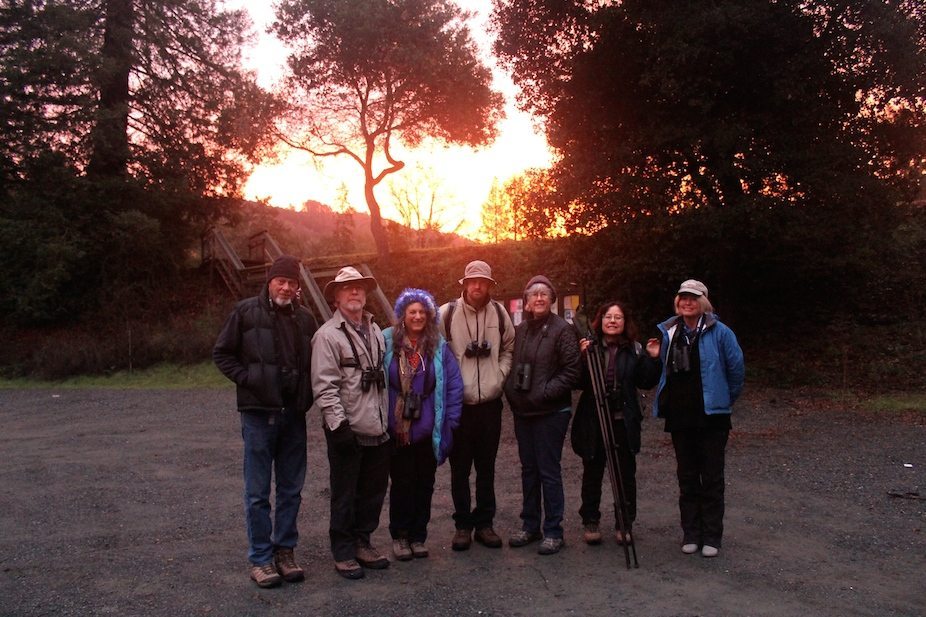 Tilden South team greets the dawn at Lake Anza, by Ilana DeBare
Tilden South team greets the dawn at Lake Anza, by Ilana DeBare
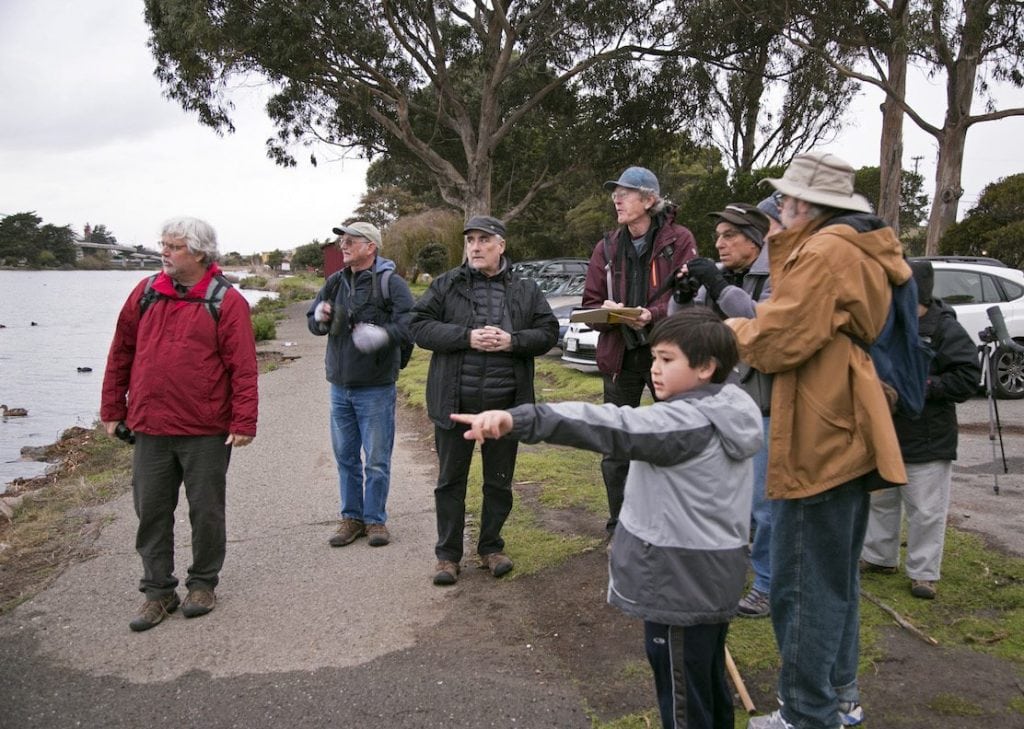 Berkeley waterfront count team, by Nancy Johnston
Berkeley waterfront count team, by Nancy Johnston
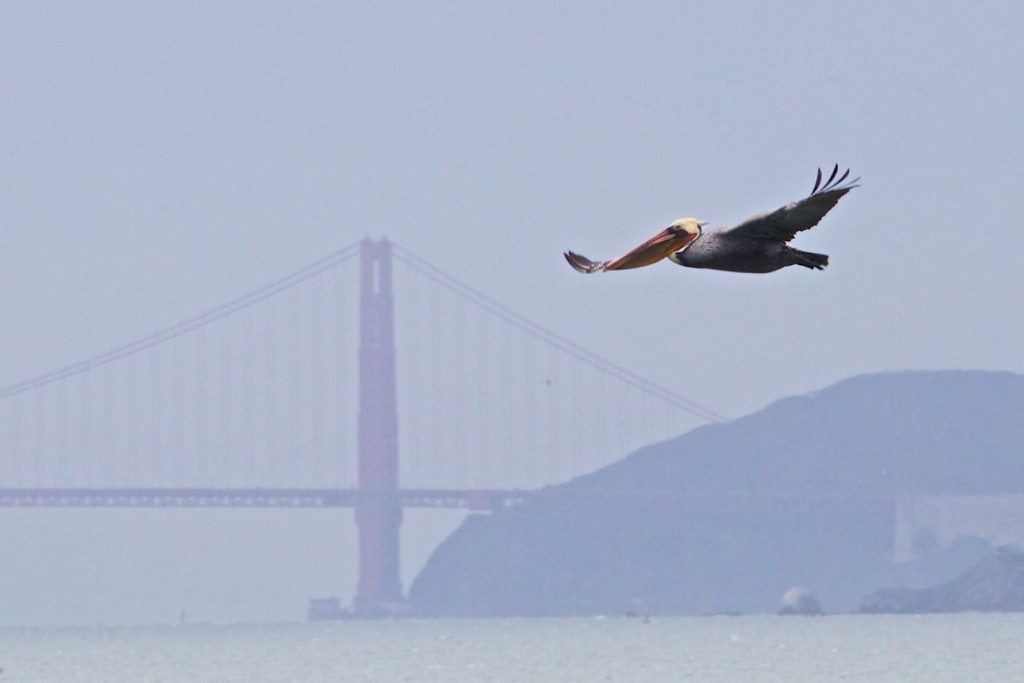 Brown Pelican viewed by the Point Isabel count team, by Alan Krakauer
Brown Pelican viewed by the Point Isabel count team, by Alan Krakauer
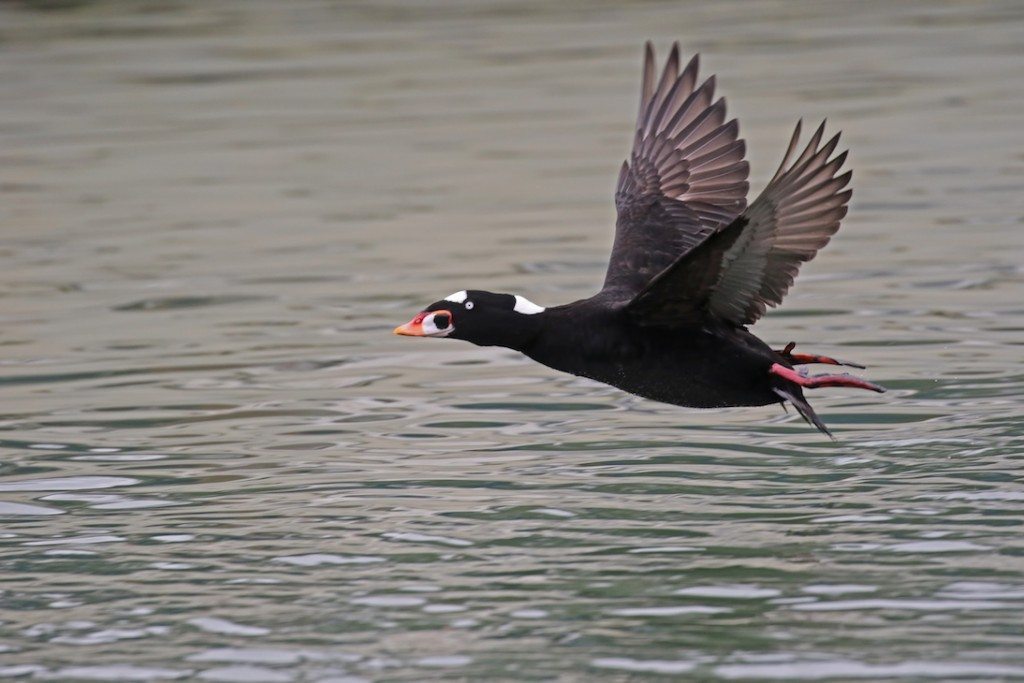 Surf Scoter, viewed by the South Boat count team, by Glen Tepke
Surf Scoter, viewed by the South Boat count team, by Glen Tepke
Afterwards, participants gathered in the warm, dry, festively-decorated social hall at Northbrae Community Church to share results at the compilation dinner.
Count compilers Dave Quady and Bob Lewis shared some of the count’s history with the crowd, including a snapshot of the very first Oakland count in 1938: three participants, 9 ½ hours in the field, 78 species!
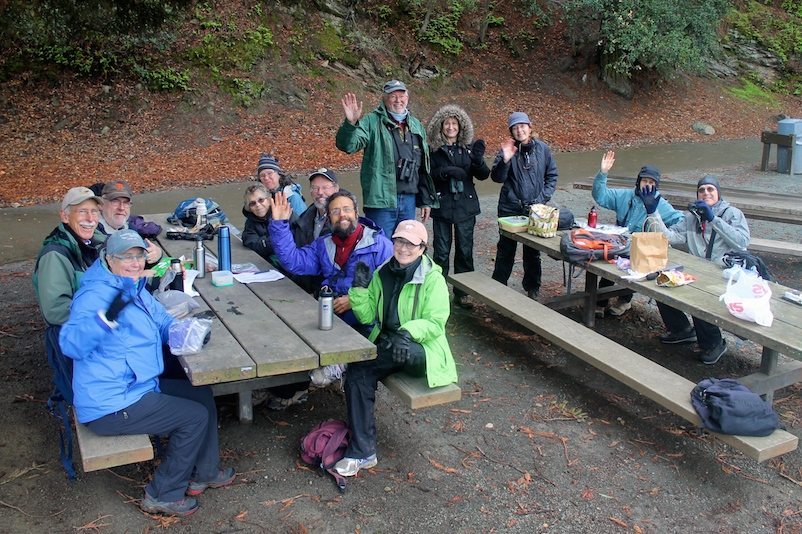 Claremont team stops for lunch at Lake Temescal, by Ilana DeBare
Claremont team stops for lunch at Lake Temescal, by Ilana DeBare
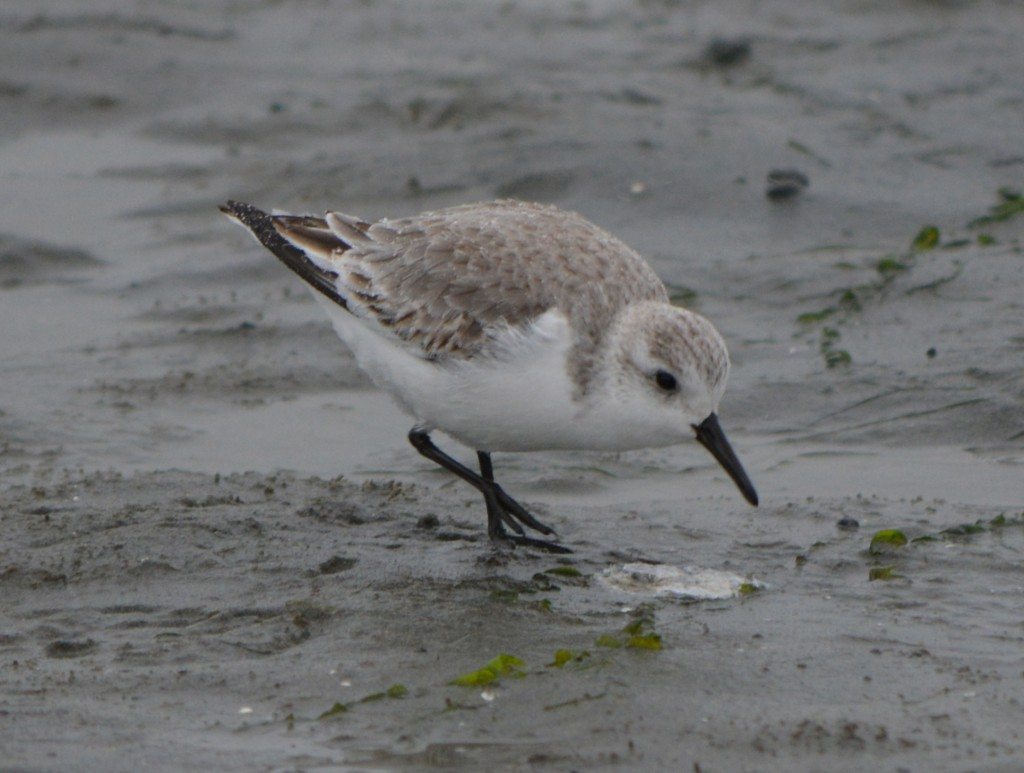 Sanderling at Alameda Point, by Richard Bangert
Sanderling at Alameda Point, by Richard Bangert
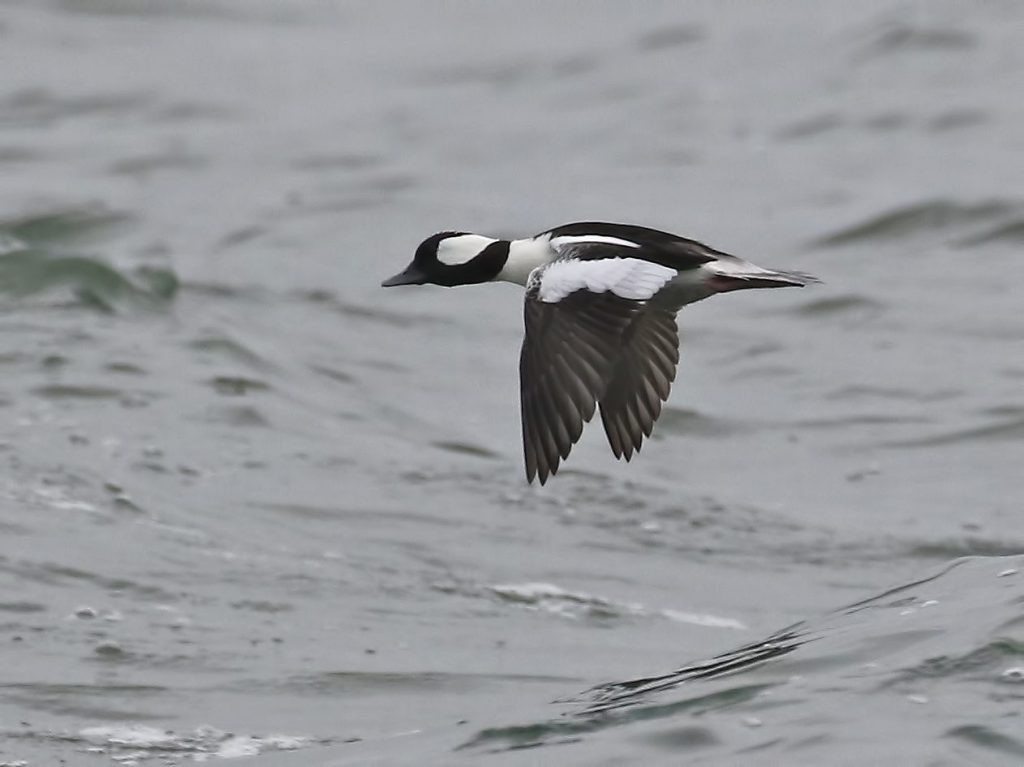 Bufflehead, viewed from the water by the South Boat count team, by Glen Tepke
Bufflehead, viewed from the water by the South Boat count team, by Glen Tepke
Among the highlights of this year’s count:
- A female Long-tailed Duck off of the Oakland Airport.
- A single Cattle Egret at the Oakland Airport, the first in the Oakland count since 2003.
- One Snowy Plover (a threatened species) at Middle Harbor Park and others in Alameda, where Golden Gate Bird Alliance has worked with East Bay Regional Parks to provide a protected roosting area.


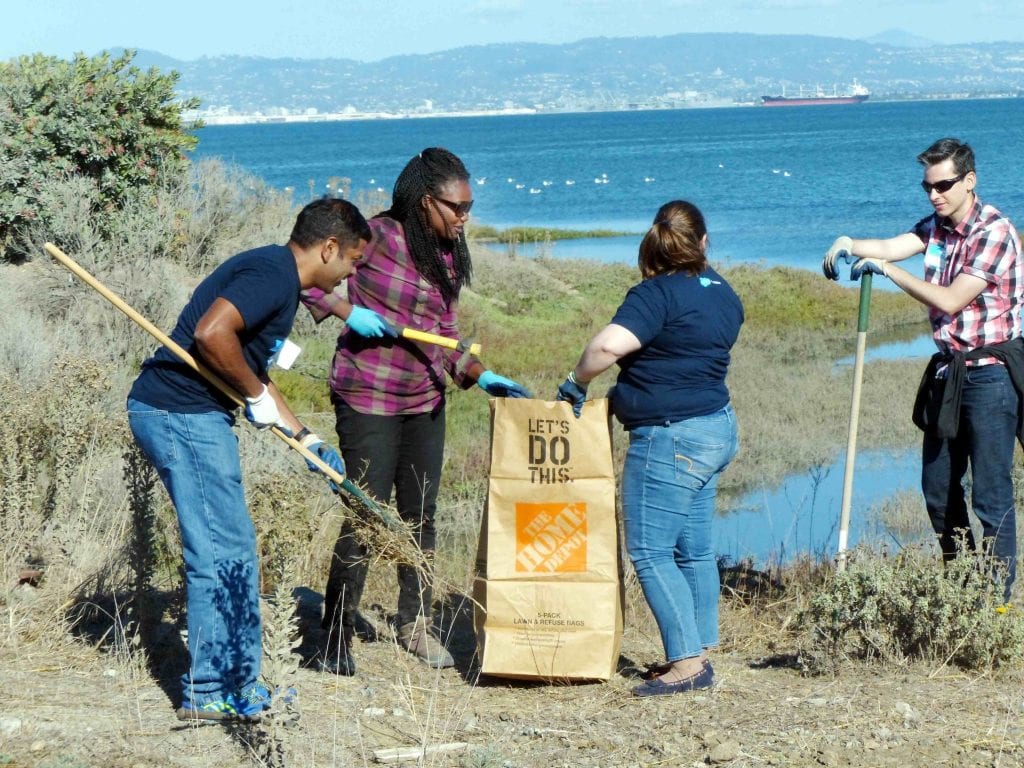
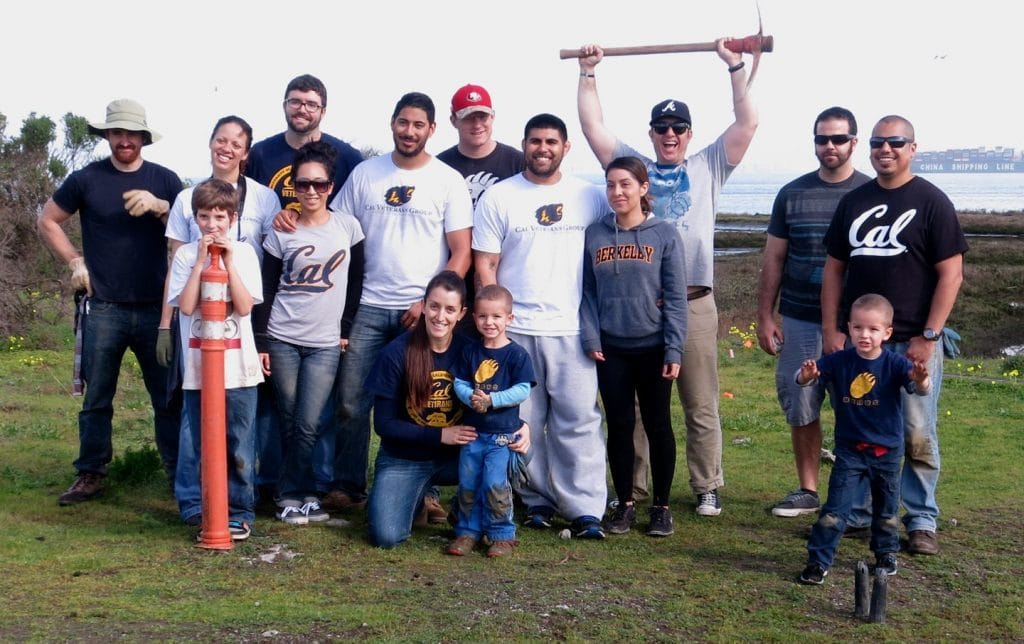
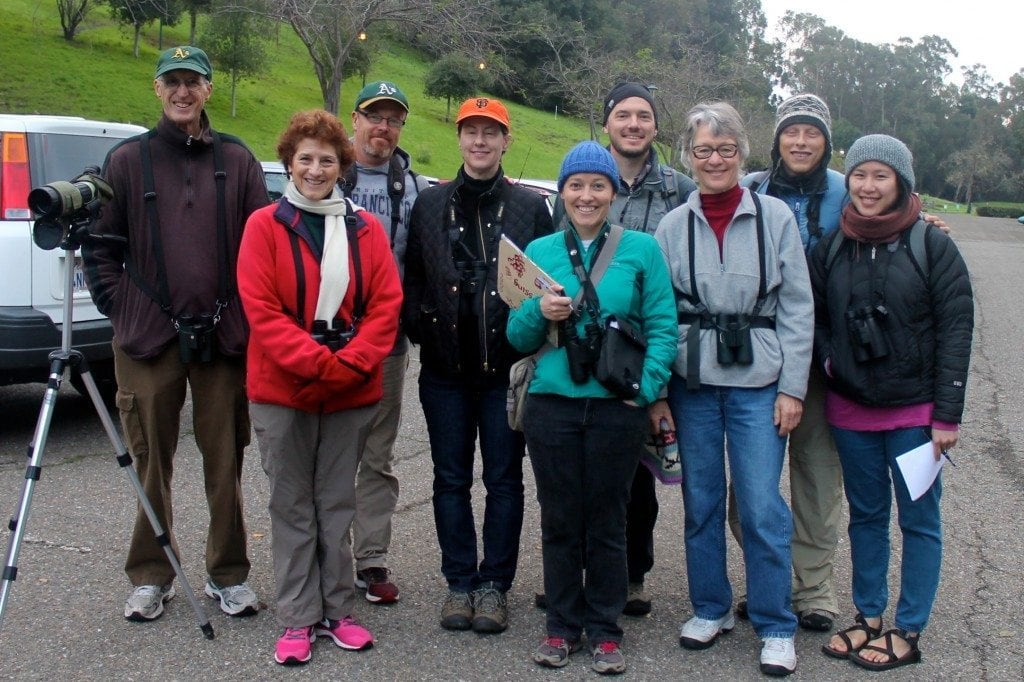
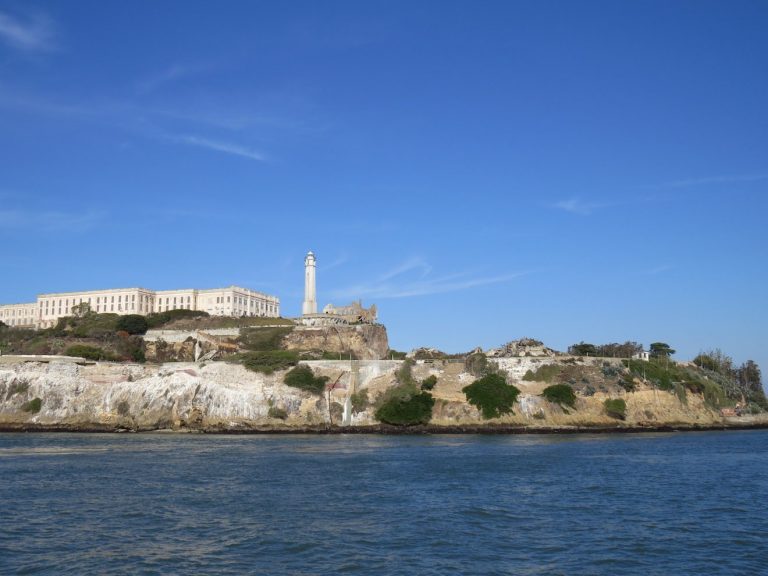
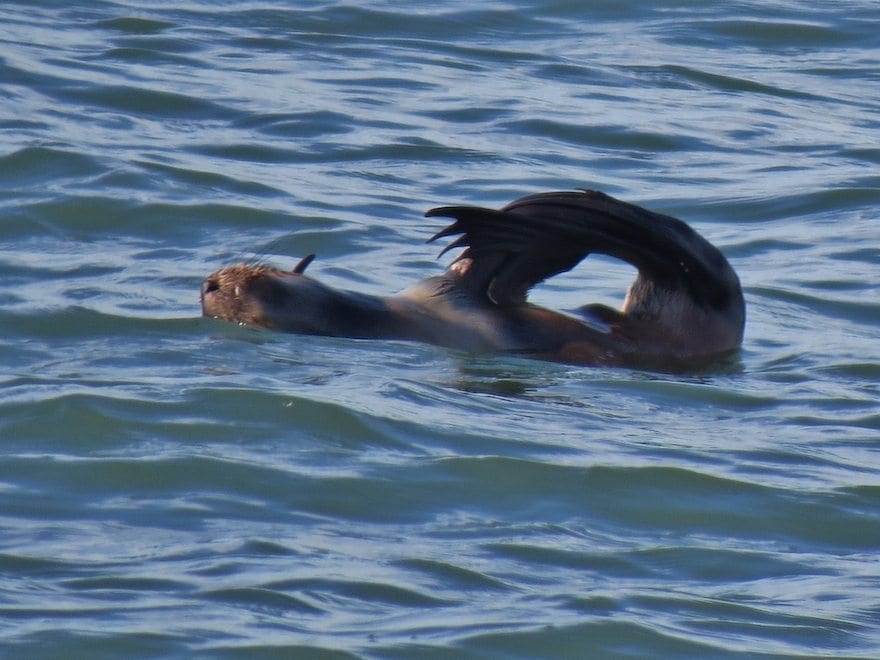
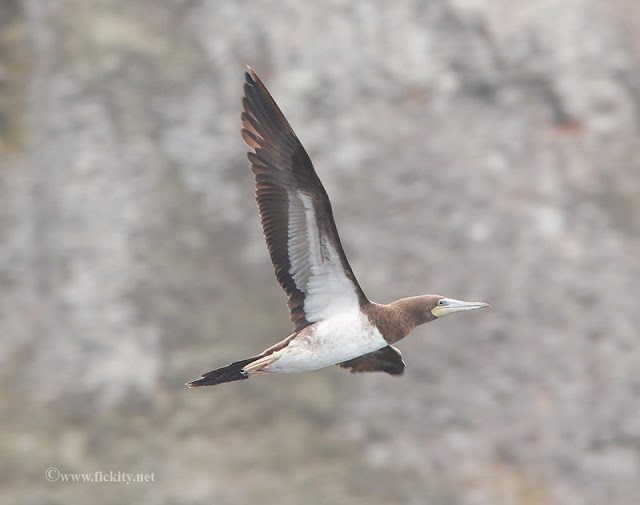
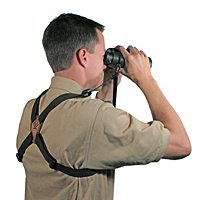

 Bird letterpress calendar
Bird letterpress calendar
 Calendar cover – Black-necked Stilt and chicks
Calendar cover – Black-necked Stilt and chicks